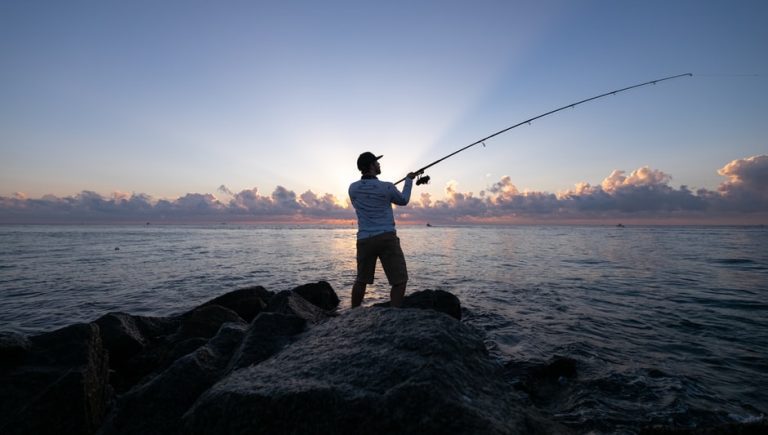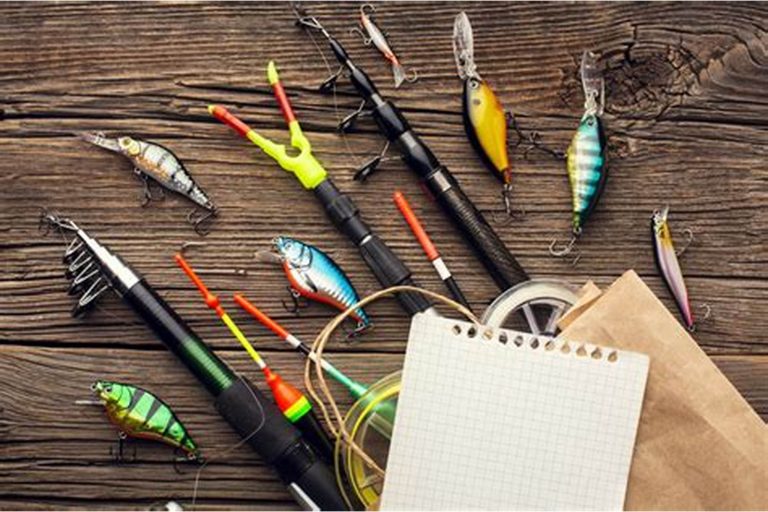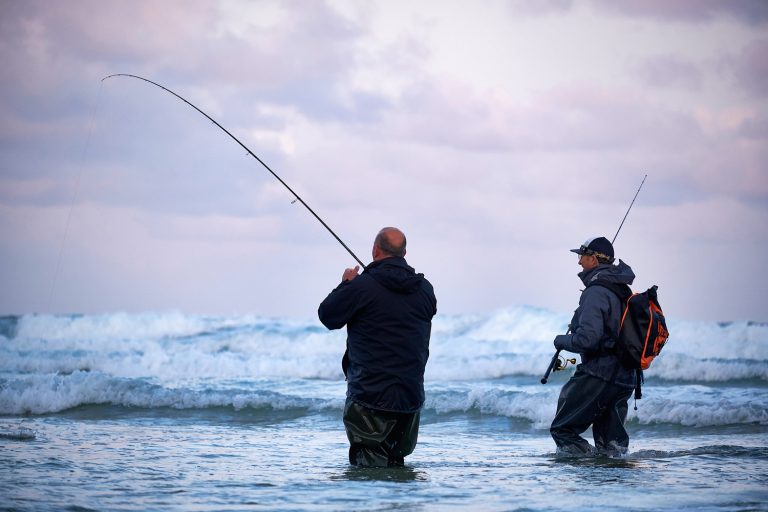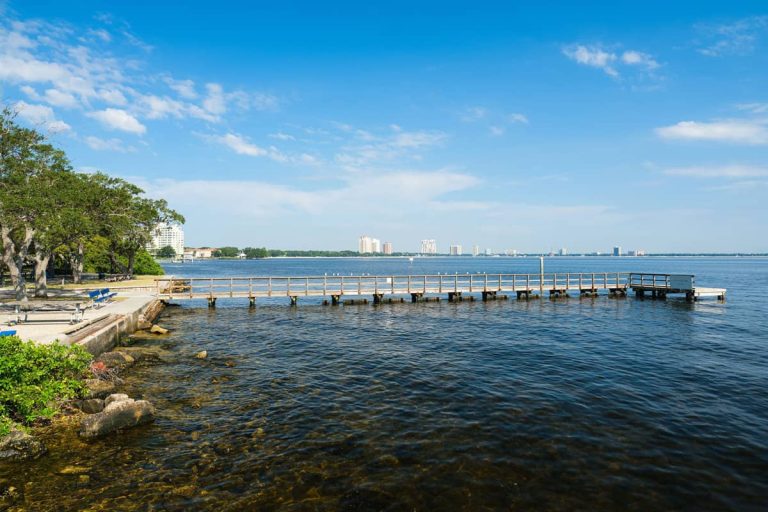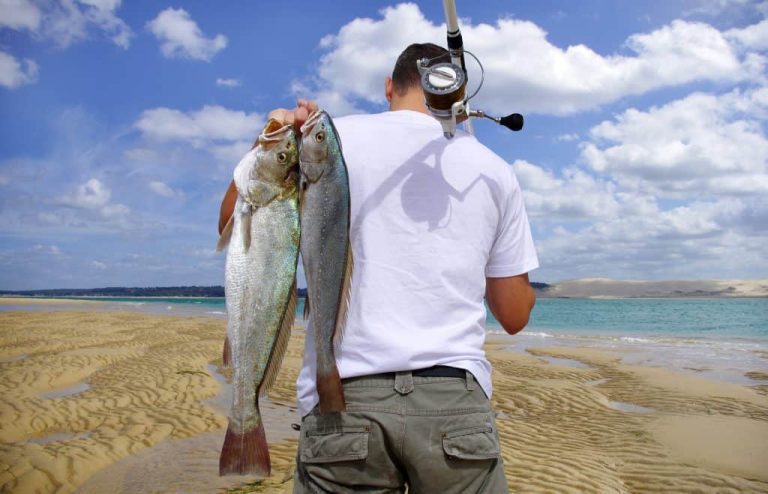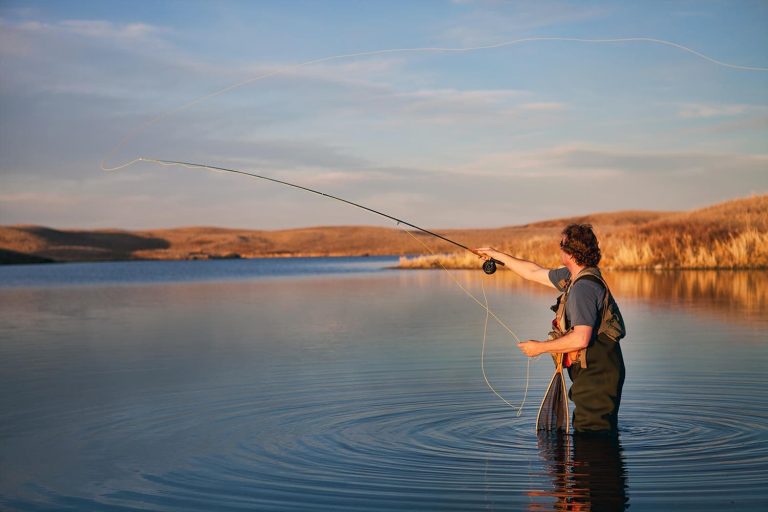Are you an avid angler planning your next fishing adventure in the beautiful state of Utah? Whether you’re a resident or a visitor, obtaining the proper fishing license is crucial to ensure you’re following the law and supporting conservation efforts.
In Utah, the cost of a fishing license varies depending on factors such as residency status, age, and license duration. As of 2024, resident annual fishing licenses range from $16 for ages 14-17 to $40 for ages 18-64. Non-resident annual licenses cost $94 for ages 18 and older. Discounted licenses are available for resident disabled veterans at $12 per year.
In this comprehensive guide, we’ll cover everything you need to know about Utah fishing licenses, from who needs one to the different types available and where to purchase them. Get ready to cast your line and reel in some unforgettable memories!
Who Needs a Utah Fishing License?
In Utah, anyone 12 years of age or older is required to have a valid fishing license before participating in any regulated fishing activity. However, there are a few exceptions to this rule:
- Free Fishing Day: Utah designates one Saturday in June as Free Fishing Day, during which anyone can fish without a license. All other laws and regulations still apply.
- Children Under 12: If you’re under 12 years old, you can fish without a license and take a full daily bag and possession limit.
- Resident Disabled Veterans: Utah offers discounted fishing licenses for resident disabled veterans at a cost of $12 per year.
It’s important to note that even if you qualify for an exception, you must still adhere to all other fishing laws and regulations, such as daily bag limits, size restrictions, and seasonal closures.
Types of Utah Fishing Licenses
Utah offers a variety of fishing license options to cater to the needs of both resident and non-resident anglers. Let’s dive into the different types of licenses available:
Resident Fishing Licenses
To qualify as a resident for fishing license purposes, you must have lived in Utah for at least six consecutive months immediately before purchasing the license. Resident fishing license options include:
- Annual Fishing License (ages 18-64): $40
- Annual Fishing License (ages 14-17): $16
- Annual Fishing License (ages 65 and older): $31
- Multi-Year Fishing License (ages 18-64): $39 per year, up to five years
- Multi-Year Fishing License (age 65 and older): $31 per year, up to five years
- 3-Day Fishing License: $19
- 7-Day Fishing License: $30
- Setline Fishing Permit: $22 (must be used with a current fishing license)
Non-Resident Fishing Licenses
If you don’t meet the residency requirements, you’ll need to purchase a non-resident fishing license. Options include:
- Annual Fishing License (ages 18 and older): $94
- Annual Fishing License (ages 14-17): $34
- Multi-Year Fishing License (ages 18 and older): $93 per year, up to five years
- 3-Day Fishing License: $31
- 7-Day Fishing License: $51
- Setline Fishing Permit: $25 (must be used with a current fishing license)
It’s worth noting that non-resident fishing licenses are generally more expensive than resident licenses, so be sure to factor that into your budget when planning your Utah fishing trip.
Combination Licenses
In addition to standalone fishing licenses, Utah also offers combination licenses that include both fishing and hunting privileges. These can be a great option if you plan on participating in both activities during your visit. Combination license options include:
Resident Combination Licenses
- Annual Combination License (ages 18-64): $44
- Annual Combination License (ages 14-17): $20
- Multi-Year Combination License (ages 18-64): $43 per year, up to five years
Non-Resident Combination Licenses
- Annual Combination License (ages 18 and older): $98
- Annual Combination License (ages 17 and younger): $33
- Multi-Year Combination License (ages 18 and older): $97 per year, up to five years
Keep in mind that combination licenses do not include permits for specific species like deer, elk, or bear. Those require separate permits obtained through the Utah Division of Wildlife Resources’ hunt drawing process.
Where to Buy a Utah Fishing License
Now that you know what type of license you need, let’s discuss where you can purchase one. Utah offers several convenient options for obtaining your fishing license:
- Online: Visit the Utah Division of Wildlife Resources website to buy your license online. You’ll need a credit or debit card for payment.
- By Phone: Call 1-800-221-0659 to purchase your license over the phone. Note that a $2 fee applies to phone transactions.
- In Person: Visit a Utah Division of Wildlife Resources office or any of the hundreds of licensed agents throughout the state, such as sporting goods stores, bait shops, and some grocery stores. A list of license agents can be found on the DWR website.
- Through a Fishing Guide: If you’ve hired a licensed fishing guide for your trip, they may be able to sell you the necessary permits.
When purchasing your license, be prepared to provide personal information such as your name, address, date of birth, height, weight, eye color, and hair color. This helps ensure that your license cannot be used by anyone else.
Special Permits and Stamps
In addition to your basic fishing license, there are a few special permits and stamps that may be required depending on the type of fishing you plan to do:
- Setline Fishing Permit: If you want to use a setline (a line with one or more hooks that is not attached to a fishing pole), you’ll need to purchase a setline fishing permit in addition to your regular license. Setline permits cost $22 for residents and $25 for non-residents.
- Two Pole Permit: Utah allows anglers to use up to two fishing poles at a time, but you must have a valid two pole permit in addition to your fishing license. The two pole permit is included with the purchase of your license, so no additional fee is required.
- Flaming Gorge Reservoir Reciprocal Permit: If you plan on fishing at Flaming Gorge Reservoir, which straddles the Utah-Wyoming border, you may need a reciprocal permit. This permit allows you to fish in both states’ waters of the reservoir without having to purchase separate licenses. The reciprocal permit costs $30 and is valid for 365 days from the date of purchase.
- Federal Duck Stamp: If you intend to hunt migratory waterfowl, you’ll need to purchase a Federal Duck Stamp in addition to your Utah hunting license. The stamp costs $25 and is available at most post offices or online at duckstamp.com.
Supporting Conservation Efforts
It’s important to remember that your fishing license fees go towards supporting vital conservation efforts in Utah. The Utah Division of Wildlife Resources uses these funds for a variety of projects, including:
- Habitat Management: Maintaining and improving fish habitats to ensure healthy populations.
- Fish Stocking: Raising and stocking fish in lakes, rivers, and streams throughout the state.
- Research and Monitoring: Conducting studies to better understand fish populations and their ecosystems.
- Access Improvements: Building and maintaining boat ramps, fishing piers, and other infrastructure to improve angler access.
- Education and Outreach: Providing educational programs and resources to promote responsible fishing practices and stewardship of Utah’s natural resources.
By purchasing your fishing license, you’re not only gaining access to some of the best fishing opportunities in the country, but you’re also contributing to the long-term sustainability of Utah’s fisheries for generations to come.
Obtaining Your Utah Fishing License: A Step-by-Step Guide
Now that you have a comprehensive understanding of Utah fishing licenses, let’s walk through the process of obtaining one step-by-step:
- Determine Your Residency Status: The first step is to determine whether you qualify as a resident or non-resident for fishing license purposes. As mentioned earlier, to be considered a resident, you must have lived in Utah for at least six consecutive months immediately before purchasing the license.
- Choose the Right License Type: Once you’ve established your residency status, you can choose the appropriate license type based on your needs and the duration of your fishing trip. Consider factors such as your age, whether you plan to fish for multiple years, and if you’ll be participating in any other hunting activities.
- Gather Required Information: Before purchasing your license, make sure you have the necessary personal information on hand, including your name, address, date of birth, height, weight, eye color, and hair color. This information is required to ensure the license cannot be used by anyone else.
- Purchase Your License: With all the necessary information gathered, you can now purchase your Utah fishing license through one of the following methods:
- Online: Visit wildlife.utah.gov and follow the prompts to purchase your license online using a credit or debit card.
- By Phone: Call 1-800-221-0659 to purchase your license over the phone. Remember, a $2 fee applies to phone transactions.
- In Person: Visit a Utah Division of Wildlife Resources office or any licensed agent throughout the state, such as sporting goods stores, bait shops, and some grocery stores.
- Through a Fishing Guide: If you’ve hired a licensed fishing guide for your trip, they may be able to sell you the necessary permits.
- Obtain Any Additional Permits or Stamps: Depending on the type of fishing you plan to do, you may need to purchase additional permits or stamps. For example, if you want to use a setline, you’ll need to purchase a setline fishing permit. If you plan on fishing at Flaming Gorge Reservoir, you’ll need a reciprocal permit. Be sure to review the “Special Permits and Stamps” section above to ensure you have all the necessary documentation.
- Familiarize Yourself with Fishing Regulations: Before hitting the water, take some time to review Utah’s fishing regulations, including daily bag limits, size restrictions, and seasonal closures. This information can be found on the Utah Division of Wildlife Resources website or in the Utah Fishing Guidebook, which is available online or at license agents.
By following these steps, you’ll be fully prepared to embark on your Utah fishing adventure with the proper licenses and permits in hand. Remember, your fishing license fees go towards supporting vital conservation efforts, ensuring that Utah’s fisheries remain healthy and thriving for years to come.
Conclusion
Obtaining a Utah fishing license is a straightforward process that ensures you’re following the law and contributing to the preservation of the state’s natural resources. With a variety of license options available for both residents and non-residents, you can find the perfect fit for your needs and budget. By understanding the different types of licenses, where to purchase them, and any additional permits or stamps required, you’ll be well on your way to enjoying some of the best fishing opportunities in the country.
Remember, fishing is not just a hobby; it’s a way of life that connects us to nature and allows us to appreciate the beauty of Utah’s waterways. So, grab your rod, secure your license, and get ready to create unforgettable memories on the water.
